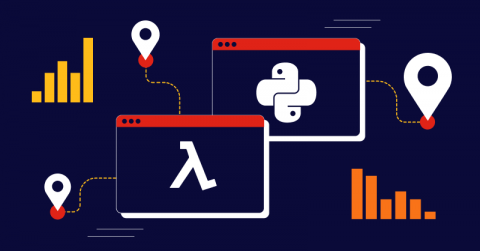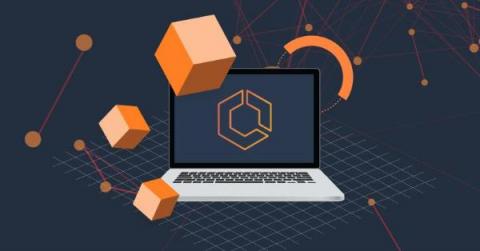Defining and measuring your SLIs and SLOs
Customers expect that online services are available all the time. The truth is that outages happen to almost everyone because providing 100% service availability is challenging and costly. Creating reliable and profitable service is, amongst other things, finding the balance between application availability, costs and time to market. Faster feature delivery means less availability as constant changes to production may cause issues and introduce bugs.






